How to care for raspberries to get a big harvest
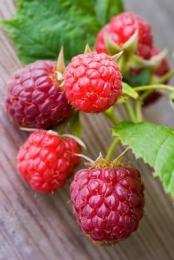
Surely there is no such garden plot on the territory of which at least one raspberry bush. Lovingly grown and protected from all kinds of misfortunes, raspberries are considered the queen of the garden and the first assistant in case of colds. Along with the aromatic sweet berries, both the leaves, a tea substitute, and the rhizomes, an excellent expectorant, have healing properties. Since the middle of the 16th century, humanity has known the healing properties of a plant called common raspberry.
Content:
Raspberries. Variety of species
It was from this milestone that raspberries began their march as a cultivated plant. And exactly a hundred years later, white raspberries, or yellow-fruited raspberries, appeared. The color of the fruit is due to the very low content of anthocyanin, a strong allergen that the red berry is rich in.
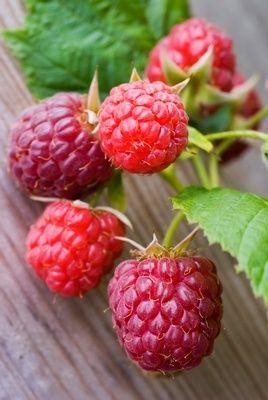
Black raspberries are also common in our latitudes. Outwardly, it is very similar to blackberries. Its significant difference from blackberries lies not only in its different taste, but also in the way it is removed from the branch. Chokeberry fruits are separated from the white fruit bed and have a smaller drupe. The berry contains a large amount of anthocyanins and antioxidants, due to which it has an antimicrobial effect.
Differences between black-fruited raspberries and red and yellow-fruited varieties:
- resistance to arid climates;
- simultaneous ripening of all berries on the bush;
- absence of root shoots;
- propagation using seeds, cuttings and apical layering.
It has gained particular popularity among gardeners over the past 50 years. remontant raspberry, bearing fruit twice a year. Its second harvest occurs in mid-August.
Raspberry care
Planting and pruning raspberry bush
The main propagation of raspberry bushes occurs through the root system. They grow well over the season and produce many shoots. The shoots are biennial. They don't bear fruit in the first year. Lignification and fruiting occur in the second year, after which the shoot dies. In its place, new shoots grow from the root.
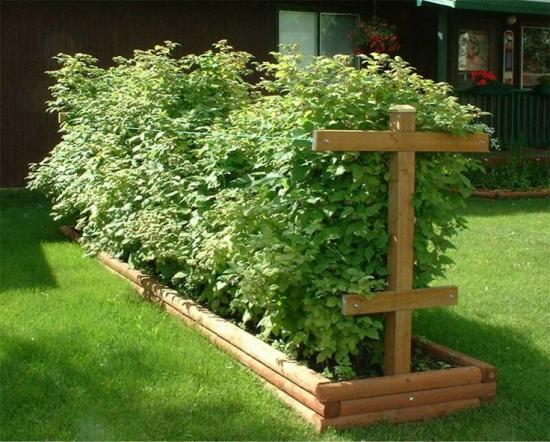
Based on this, raspberry bushes are planted in rows. The row spacing must be at least 1.8 meters. The distance between bushes in a row is at least 0.7 meters. The annual number of replaced shoots of one bush is about 10, and the same number of young shoots. Thin and damaged stems are cut out, leaving no more than 7 strong shoots. If you do not remove the shoots and leave more shoots, the yield will noticeably decrease, as the berries will lose size and quality. In early spring, the stem is cut at a height of 150-160 cm. This is done because the most productive part of the raspberry shoot is the middle, no higher than 170 cm. It is in this part that the largest berry is formed.
Fertilizing garden raspberries
Every year in mid-autumn they add organic fertilizer at the rate of 2-3 buckets of peat or humus per raspberry bush with the addition of 100 grams of urea or saltpeter.
If there is weak growth of shoots, at the end of May - beginning of April it is necessary to pour a bucket of organic “chatter” under each bush, at the rate of 1 shovel of cow dung and 5 grams (a matchbox) of saltpeter or urea per 1 bucket of water.
Loosening the soil under and around bushes
The root system of the raspberry bush is superficial. Loosening the soil around and under the bushes is done after applying fertilizers. Loosening depth is 8-10 cm. Raspberry roots can grow over long distances. To prevent the raspberry bush from “migrating”, you can fence off the space allocated for it. A sheet of tin or galvanized iron 15-20 cm wide is dug in along the perimeter to its entire width. Such a barrier will not allow the roots to “leave their homes.”
Features of watering
Raspberry trees do not need spring and summer watering. Only in case of summer drought. Basic watering occurs in the autumn period, when shoot growth points are formed in the root system. Raspberry bushes are well filled with water. After which, some varieties are laid on the ground and insulated in anticipation of the winter cold.
Pest protection
In the fight with pests the main emphasis is on the quality of planting material. Raspberries are very susceptible to various viral and fungal diseases. Timely, thorough treatment with insecticides will help protect the bushes from pest damage. The most important thing in processing is compliance with the time and number of sprayings during the growing season.
Productivity of raspberry bush
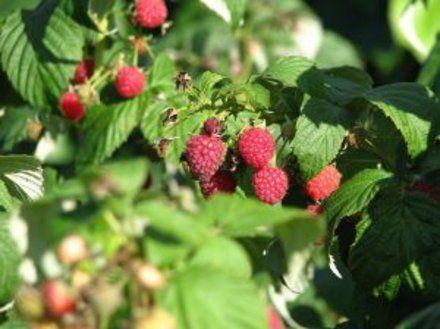
Raspberry plantations depend entirely on the quality of plant care. A small bush of ordinary garden raspberry can produce up to 4 kg of berries per season.
The yield of large-fruited and remontant varieties is much higher, since they produce two harvests per season. In some cases, the figure reaches 9 kg of berries per bush. Advantages of remontant raspberries over regular garden raspberries:
- Two harvests per season instead of one.
- Erect shoots that do not need to be bent down for the winter.
- The height of the shoot does not exceed 160 cm and does not need tying.
- Cleaning of bushes is carried out in the autumn. Along with dead shoots, a significant part of the infection and pests are removed.
- Remontant raspberries are resistant to diseases and pests, since their phenophase of development does not coincide with the phenophase of insect development.
Thanks to step 5, there is no need to spray remontant raspberry bushes with chemicals, and you get environmentally friendly berries, not treated with pesticides and untouched by various plant diseases.

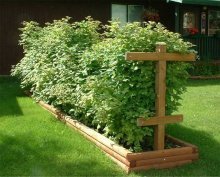
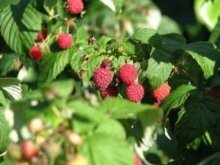
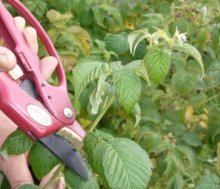
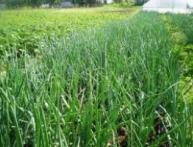
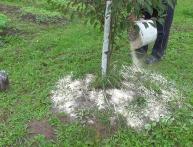
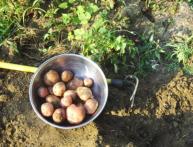


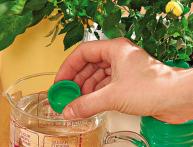
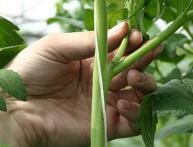
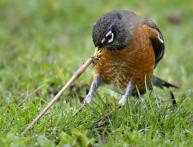
Comments
Very relevant for me this year. Last year I just purchased a very good variety that produces crops twice a year. I couldn't be happier with them. The yield is already good, we must not neglect it.
Apparently I was too frivolous about raspberries, they are growing well. There are always berries. It turns out that not everything is so simple. I would also like to know how to distinguish remontant raspberries from regular ones. Are there any external signs? As for pruning...it’s always a pity to cut branches, even when you understand in your mind that this is inevitable if you want to get a good harvest. Moreover, they doubt whether I am doing the pruning correctly...
I have never treated raspberries with anything, I just water them in the morning and evening and prune them. I always have a good harvest, twice a year. Maybe it’s still worth processing, and the harvest will be even better?